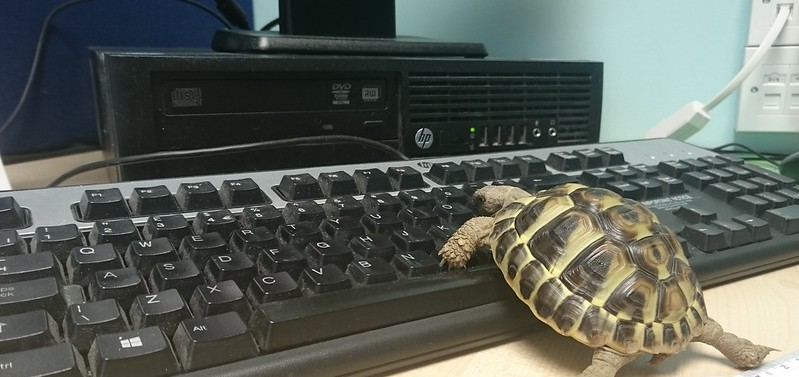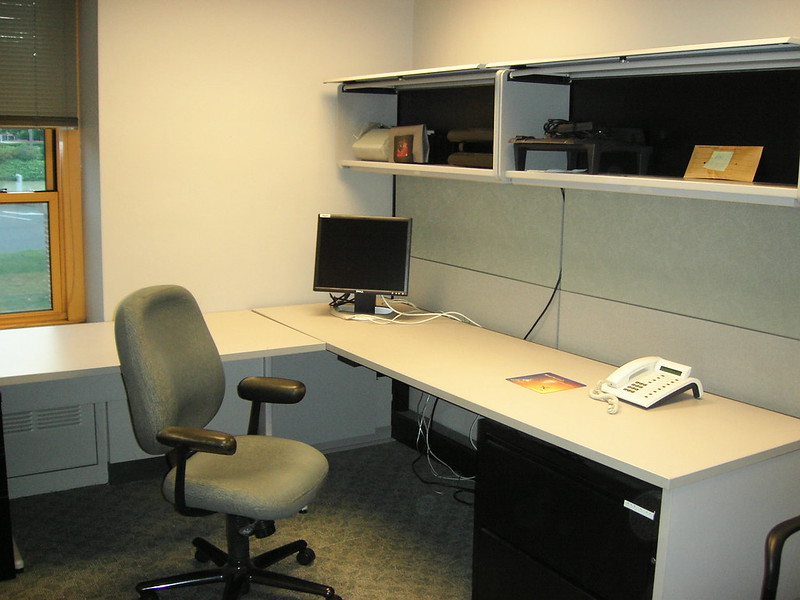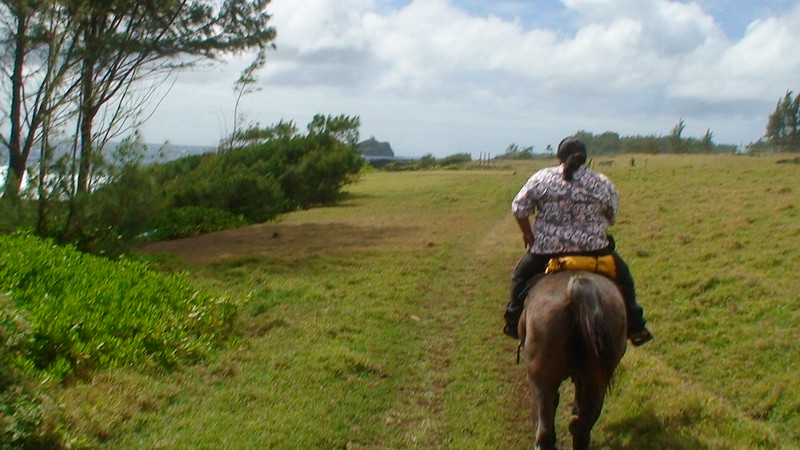
YOU TOO CAN PLAY IN “EVENT TIME”
Elon Musk is probably right. Remote work (formerly known as “telecommuting” or “working from home”) is a challenge…for corporations and other organizational entities.
It can cause massive headaches for managers and human resource people trying to round up and ride herd on all the “wild” spirits who want to do their own kind of different and were given an opportunity to try it when the world got hit by a massive pandemic that made the corporate culture standards of behavior unsafe and/or unacceptable.
Writer-business thinker Malcolm Gladwell boldly opined on a Diary of a CEO 2022 podcast episode that remote work was hurting the very fabric of our society…or something like that.
The episode is titled “Working From Home Is Destroying Us!” and Gladwell spends an hour or so telling us why. It’s on YouTube, as are all of the podcast episodes. You can click on the button below to watch it:
IS IT REALLY SO?
The reaction and pushback from the general populace was not good.
It seems that there are scientifically proven indications that a large percentage of the corporate worker population were at least intrigued by the whole concept of remote working back in 2020.
The Predictive Index (a fancy-schmancy “theory-based, self-report measurement of normal, adult, work-related personality”) was developed and is used by people working in the human resource industry. They did a 2020 report on the “Impact of Behavioral Drives in a Remote Workplace”.

- At least a third of the respondents to the survey never even heard of remote work.
- The preference for remote meetings varied by personality. Less extroverted workers liked the remote meetings better than their more outwardly oriented colleagues because they felt they were heard more and could think at their own pace.
- Social personalities who enjoy influencing outcomes and the people around them didn’t like the remote work concept as much as the quieter sorts.
- Analytical, task-oriented people who enjoy a fast pace were often less inclined to work at being collaborative. (For them, the effort to reach out to others for help gets lost in their effort to get to done.)
- Most people (77 percent of the respondents) would at least like to give working remotely a try. Some of that total would prefer to do it permanently.
Hmmm….
Stanford economist Nick Bloom, who has been studying remote work for almost two decades, told INSIDER magazine that, probably, remote work could have a role to play in solving the falling birth rate in the United States, as well as mitigating the housing crisis, the climate emergency and the epidemic of worsening mental health in young people.
You can click the button below to get a look at that article:
Hmmm….
And then there are all those people who are cobbling together lives that are not ruled by corporate and other institutionalized culture memes and mindsets.
Among them are makers, creatives, and hustlers of every stripe. They include artists and artisans, professional freelancers and digital nomads, gearheads and skilled workers in the building trades and in transport, people in personal services and in the hospitality trades as well as solopreneurs and other small business owners.
A lot of them seem to be doing okay with their self-directed styles of working and living.

IN THE BEFORE-TIMES
Prior to the rise of industrial agriculture, factories and peon/minion/human-resources warehouses (aka office buildings and such) many of us humans worked on our own projects or provided services for others all the time. Some of us worked alone. The rest of us banded together.
A lot of things got done because individual humans learned to collaborate and slip in and out of developed and organized networks of the other people in their consensus- worlds.
Before the Industrial Revolution and before we got all “Modern,” our world was ruled by what time researcher Robert Levine called “event time” in his book, A GEOGRAPHY OF TIME: “On Tempo, Culture, And the Pace Of Life.
Levine spent decades of his life studying time. He died in 2019.
EVENT TIME = THE TIME IT TAKES TO DO A PROJECT
In Event Time, according to Levine, you move through a series of linked actions that help you get some project or other done.
You may choose to go through these actions alone. For more complicated or bigger projects you can work in concert with others who are working on other parts of the same project. You keep going until everybody involved agrees the thing is finished.
It works the same way whether you’re putting together a meal or building a cathedral.

Event Time is not ruled by the clock. It is ruled by your own intentions and by the momentum built up by the constancy and the consistency of movement and action that you develop as you go along through your days.
In Event Time you are governed by just one rule-of-thumb: “Finish what you start or not – as you choose.”
Of course, you could go overboard with the whole thing. This really well-done motivational YouTube video by Ben Lionel Scott, “Finish What You Start” was uploaded in 2019 by Motivational Video.
In just under three minutes, the short film sure does get you pumped up, doesn’t it?
MAKING YOUR OWN ROADMAPS IN EVENT TIME
In Event Time, you can lay out all of your projects and life-obligations and map out the direction and choose the roads you want to take according to your own values and visions and dreams just as you do in Clock Time.
In this way of walking, you might be more inclined to set up systems rather than static goals.
This 2017 YouTube video uploaded by Big Think features bestselling author Adam Alter who is also a professor at the New York University’s Stern School of Business.
In it, he says, “Goal Setting is a Hamster Wheel. Learn to Set Systems Instead.”
Adam Alter has written a couple of best-selling books with intriguing titles about marketing:
- DRUNK TANK PINK: And Other Unexpected Forces That Shape How We Think, Feel and Behave (first published in 2013)
- IRRESISTIBLE: The Rise of Addictive Technology and the Business of Keeping Us Hooked (first published in 2017)
At this writing, a third book, ANATOMY OF A BREAKTHROUGH: How to Get Unstuck When It Matters Most is on its way. Eager fans await its coming.
USING EVENT TIME: Advantages and Strengths
When you use Event Time you are less prone to get hyper-focused on The One Big Goal that eats up the whole rest of your life. You can stay aware of an array of options that you can pursue.
(You do have to be alert to all of the possibilities coming at you when you use Event Time, but that is part of the fun of it all.)

There is also room to just flake out and take a time-out to care for yourself. Slow days and no-go days are easier to slot into the mix when you’re playing in Event Time. It’s easier to keep yourself sane and healthy and humane.

The most exciting thing is the thinking space you acquire to develop an understanding of when you can make the most efficacious moves in a particular circumstance. The timing of your best actions can get exceptionally good.
Sometimes you can even make just one move that effectively pushes several of your projects forward at the same time. (That’s the best fun, sez I.)
The best thing about Event Time is the feeling of being able to flow along with your fellow dancers in the middle of an exciting, ever-changing dance with Life-Its-Own-Self.
There’s less time spent plodding along with your head hung low and dragging your feet along the ground.

USING EVENT TIME: Liabilities and Weaknesses
The cost of using Event Time can be heavy.
- You have to spend a lot of time learning about your own self and getting clear about what you believe and what you intend to do with your life in a world where other people’s imperatives are also very strong influencers.
- You’ll need to ponder on where you want to go and then you have to put in the time to decide which moves will work best for you.
- And then it’s all on you to make those moves and to keep on going until you complete your projects.
In Event Time, uncompleted and half-done or half-assed projects do not count. This is not throwing horseshoes. (It can, however, be a lot like throwing grenades. Caution is advised.)

The whole thing is on you. All of the consequences (aka “instant karma”) as well as the rewards (“instant karma” again) for making the moves are yours.

BREAK FOR A BIT OF HAWAIIAN HISTORY
Growing up as a Hawaiian during the Boomer era, one stereotype often dinned in our ears was the one about Hawaiians being “lazy” and “unmotivated.” That was one legacy the sugar planters gave us.

The complaints probably reflected the general planter dissatisfaction with the indigenous uku pau system of contract work.
Uku pau is Hawaiian for “job done.” Under that system, a certain quantity of work was agreed-upon as a day’s job. The worker could work as fast or as slowly as he pleased and was free to go once the stipulated work was complete. Compensation was per job rather than per hour.
This native freelancer system was not particularly compatible with the 10-hour work days the plantation owners wanted from their laborers, according to professor Davianna Pōmaika’i McGregor, a founding member of the ethnic studies department at the University of Hawaii at Manoa.
The native approach to agriculture centered around the cycles of the sun and the moon and the two seasons, kauwela (the hot season from May to October) and ho’oilo (the wet season from November to April). It was not about the hours the worker stayed at the jobsite.

Were the workers willing to put the rest of their lives on hold for ten hours every day? Not if they had other alternatives. On their own stomping ground, the natives knew how to nurture and work with the abundant land and the surrounding ocean to grow and gather food to feed themselves and their heart-people. They did that instead.
IT’S ALL ABOUT TIMING
All of the native islander survival tactics depended on paying attention to the world around them. James Viernes, a Chamorro scholar from Guam whose life work has been studying what motivates workers, has said,
Whether it’s Hawai‘i or Guam or Samoa, our ancestors really did live and die by time. I mean, if you don’t get up and get in that canoe at the right time, you’re going to miss the currents that are going to take you on a successful journey. If you don’t get up on time and plant those seeds, your harvest is not going to feed you.”
Viernes is the Regional Engagement and Development Officer of the Pacific Islands Development Program (PIDP), one of the projects run by the University’s East-West Center. It was formed in 1980, at the request of Pacific Island leaders to “specifically address the unique issues island nations face as they emerge from decades of colonization.”
You can click the button below to learn more about the program.
HAWAII’S “MASTERS AND SERVANTS ACT” (a.k.a. “The-Servants-Get-To-Wear-a-Lei-and-a-Smile-No-Matter-What-the-Masters-Do Law”)
Plantation owners, who were mostly descendants of missionaries of the Calvinist work-ethic variety, did not “get” the native perspective on time.
In 1850, William Little Lee, a lawyer from the American South who became the Chief Justice for the Hawaiian Kingdom, under King Kauikeaouli, drafted the brutal Masters & Servants Act, which stated that workers (servants) had to provide work to their employers (masters) according to a contract heavily weighted in favor of the Masters.
The Act was not officially a code of conduct for “slavery,” but it is said that much of the Masters and Servants Act was taken from the slave-laws in the United States.
Shortly after the Act was passed by the Kingdom’s Legislature, the recruitment of workers from other parts of the world began. The first contract laborers arrived in Hawaii from China in 1851. More contract workers were shipped in from China, Japan, and later from the Americas and Europe over the next 50 years.

THE ECHOES CONTINUE
The Masters and Servants Act helped to shape the island society that developed out of the coming of industrialized agriculture, affecting the way people related to each other. It produced some interesting echoes that still resonate today.
Viernes was the outreach director for the Center for Pacific Islands Studies at UH Manoa before he began his work at PIDP. He has a lot of experience supervising (and being frustrated by) islander students who claimed to be on “island time.”
He did, however, come to see that the students who were using “Hawaiian time” as an excuse for missing meetings or assorted deadlines may have been doing what anthropologist James C. Scott called a form of “everyday peasant resistance,” a small gesture of protest and even defiance.
In an interesting aside, the old conflict between uku pau and clock time was played out in 1996 when the AFL-CIO (United Public Workers Local 646) union sued then-Maui Mayor Linda Lingle when she attempted to privatize or contract out the County’s refuse collection and disposal services.
Historically, the trash collection crews on all of the islands worked on the uku pau system. When the work was done, the workers were pau hana (finished with work).
Some of the more creative workers were able to do other things besides garbage runs. Often they could work side-gigs or develop mastery in a wide range of useful skills, arts, and crafts or spend time gardening, farming or fishing.
Lingle, the Union said, “engaged in inherently destructive conduct” when she tried to circumvent the Uku Pau Agreement between the government and the Union. The courts upheld the Union’s contention and the mayor had to back down.
The uku pau continues to this day.
Hmmm….

PLAYING IN THE UKU PAU
I’m hearing those whispers again,
The murmur of strong and beloved voices,
A sussuration that fills up the spaces
Between my thoughts
As I plan,
As I move,
As I do.
“Go until pau, bebe…
Go ‘til stay pau.”
My Papa, my Mama, I hear you.
I hear you my uncles, my aunties.
I hear your voices, my teachers and sages.
My kupuna, I hear you all.
And the resounding echoes of your words
Are entangled in the beating of my heart.
The set-up is done
And the project moves forward.
That part is finished now and
The next one’s well-begun.
“Go until pau, bebe…
Go ‘til stay pau.”
I hear you, my sisters.
I hear you, my brothers.
I hear you, my allies and friends.
Taking this detour,
Spanning that gap,
Clambering over and
Digging on through.
The obstacles met and the challenges faced
Melt away as I follow that
Flowing reverberating sound that never ends.
“Go until pau, bebe…
Go ‘til stay pau.”
The ticking and tocking
Of that foreigner clock-thing
Is drowned in the heart sounds
That echo all through me
As I tell my kamali’i —
The ones walking before me:
“Go until pau, bebe…
Go ‘til stay pau.”
[Hawaiian and Hawaiian pidgin words in this poem include:
- pau: done, finished
- bebe: baby
- Go ‘til stay pau (work until you are done)
- kupuna: ancestors, mentors, elders
- kamali’i: beloved children, descendants
By Netta Kanoho
……
Header Photo Credit: “Hard Work” by Dave via Flickr [CC BY-SA 2.0]
……
SOME OTHER POSTS TO EXPLORE:
(Click on each of the post titles below and see where it takes you…)
- CANCEL THE SEARCH FOR THE ONE TRUE SELF
- DIFFERENT-BUT-SAME (Un-Seeing Exercise)
- FOLLOW THE GOD THREAD (Shaping Dilemma)
……
Thanks for your visit. I’d appreciate it if you would drop a note or comment below and tell me your thoughts.
9 thoughts on “YOU TOO CAN PLAY IN “EVENT TIME””
Thank you Netta for this thorough and informative article discussing the issue of remote work titles YOU TOO CAN PLAY IN “EVENT TIME”. The pandemic had impacts on many workers that were unforeseen and remotely work was right up there at the top of the list.
Funny how companies were eager for worker to perform remote work when it suited the company but then when all of the restrictions of the pandemic are rolled back they want to make it seem like it’s only a way for employees to get away with something.
It never ceases to amaze me the lack of respect most companies afford to those who work for them.
Welcome back, Joseph. Thanks for sharing your thoughts about this post.
Myself, I think that’s just the nature of the situation. When somebody wants to get the most out of you while getting you to agree to accepting the least amount of compensation they can get away with for the work involved, it tends to make them … errrmmm …”unpleasant” to work with.
That’s just a given, I think.
The best antidote, I think, is to find other people to play with (if you can).
‘Course, what that means is paying attention and making the effort to become skilled in a lot of different things so you’re a “value-added” sort of asset. Once you do that, you (as the worker that’s hard to replace) have way more leverage to demand the compensation you can live with than the random guy or gal who comes in off the street.
Just sayin’….
Please do come again.
I think that as you mentioned with the study findings that working remotely is based on an individuals personality. Some may thrive in a remote work setting as they work better alone but others who need more interaction and are more of team players do better working in an actual office.
Great article on how we can tap into “event time” to shift our perception of time and bring more joy and creativity into our lives. The concept of “event time” really resonates with me, and I’m looking forward to implementing some of these tips in my daily routine.
Thanks for sharing this insightful post!
Lisa Marie
Lisa Marie, thanks for your visit and for sharing your thoughts. I am pleased that you found the post helpful.
Please do come again.
Your welcome! And I will 🙂
Lisa Marie
What a great perspective to read an article about remote work. I myself was a home worker for a couple years during covid. You bring up some ideas that I hadn’t thought about. and the concept of “event time” was fascinating.
Very nicely written. informative and extremely interesting. Thanks and good luck to you!
Sandi, thanks for the visit and for taking the time to comment. I’m pleased you enjoyed the post.
Please do come again.
I used to think I’d like to work from home all the time, until it became a reality. For a while it was pretty cool, but I soon found out, home has way too many distractions for me personally to be as productive as I’d like to be as far as my job went.
Working from home for yourself though, on your own projects is a lot better as you’re not on a deadline of 9-5 and needing to contact this person by that time or get things done before the close of business because you can work your own hours. I.E. at night once the kids are in bed or early morning before anyone is up.
For someone who can get hyper focused, I appreciate your breakdown of event time, I will use this to try and help myself with that, not just in work but other areas too.
How you have broken the post up and the pictures used, and even added a story in there makes it a very easy post to read and understand. Thank you, I have taken a couple of things from this I’ll be trying. Great post.
Thanks for the visit and for sharing your thoughts, Ryan. I’m pleased you found the post helpful.
Please do come again.